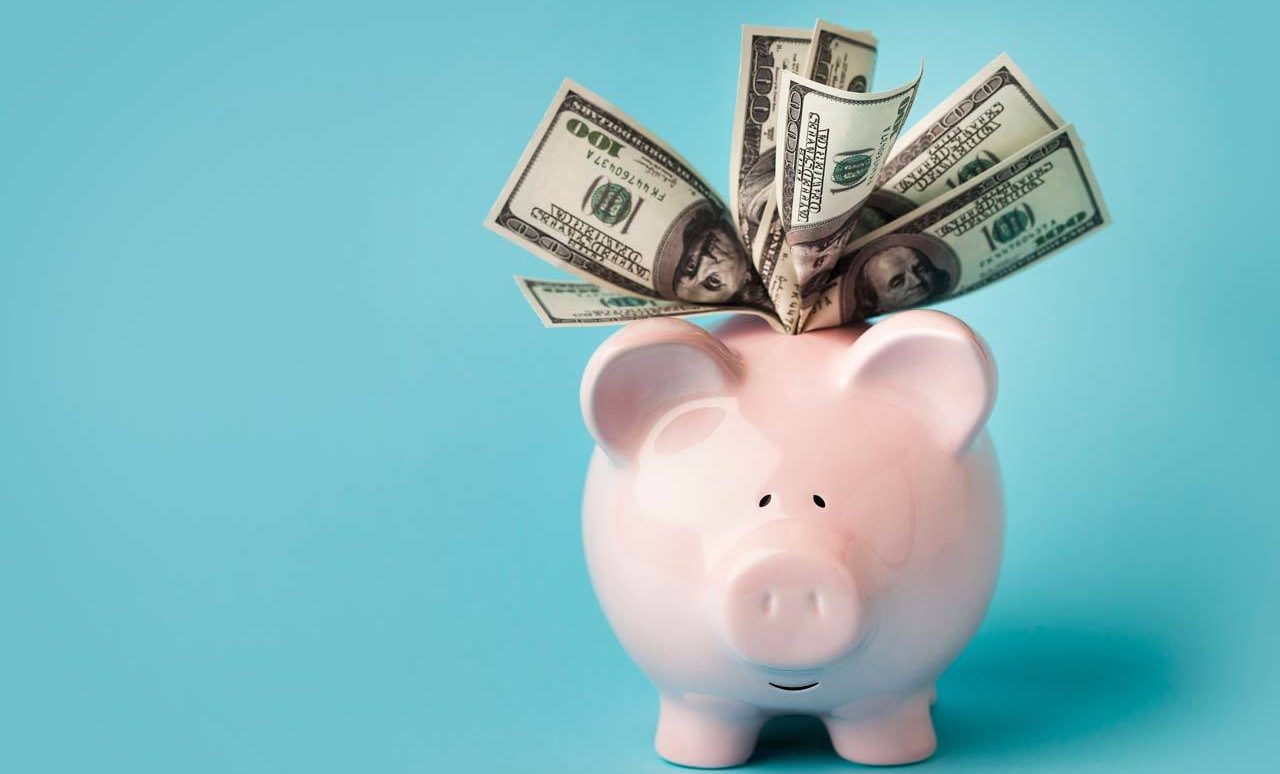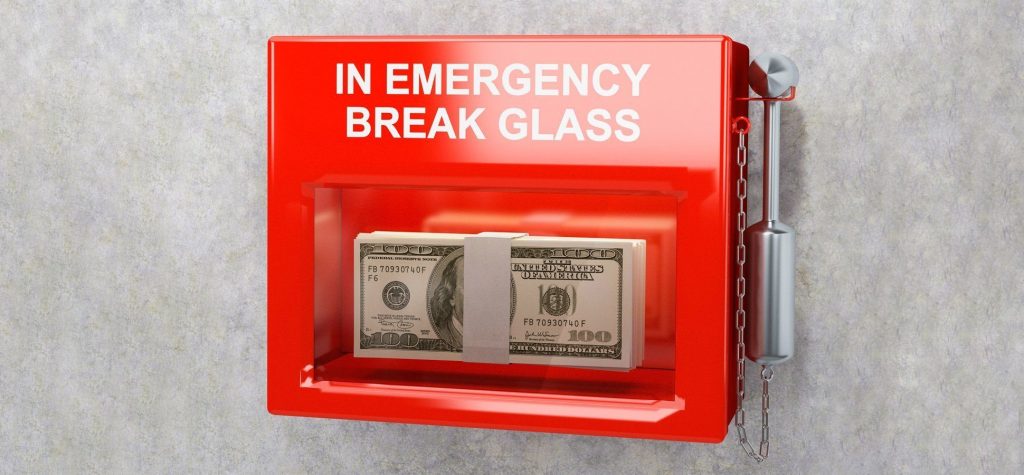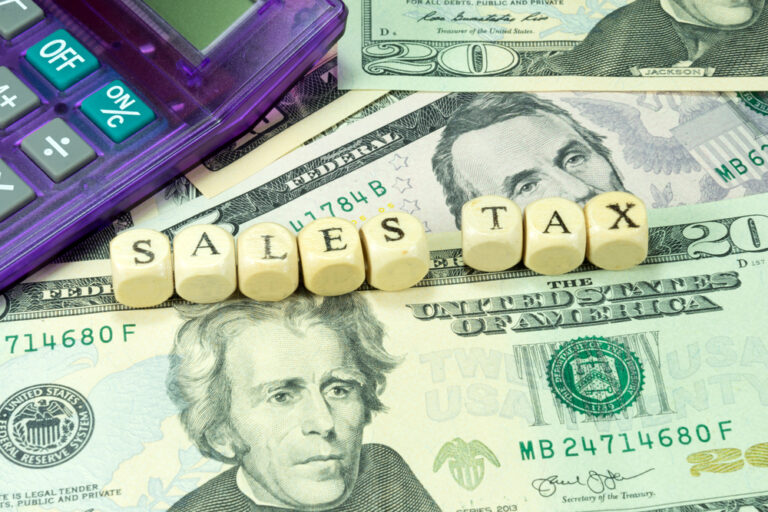Yes, I know that any emergency fund is good at some point. What few people know, though, is that they can also earn interest on that money!
You’ll hear many experts recommending you to place your cash in a savings account, but that option won’t be enough to keep up with the inflation. But why would you need to keep every penny of your emergency fund in a savings account anyway?
This is how to make it even better.

-
Start with a Savings Account
The main reason why many people use savings accounts is because you can access that money from anywhere, at any time – and, frankly, it does make sense. Emergencies don’t wait for you to go to the bank or run home and get the cash, not to mention the safety of it all! Savings account are insured by the FDIC, which means that you won’t lose any money regardless of the market situation.
Even so, you shouldn’t keep all of your money there.
Generally speaking, a good emergency fund covers at least three months of living expenses. Even so, if you have enough savings for three to four weeks, you will definitely manage to cover basic expenses; and if you need the money quickly, you’ll also be covered.
-
Add a Taxable Investment Account
Considering that you will only have a couple of weeks’ expenses covered, you still need a backup in case a serious emergency strikes (such as a natural disaster). That’s exactly why you can also create an investment account that also gives you higher chances of returns.
Of course, the market is constantly changing and it may or may not be to your benefit when you will withdraw money. Even so, it still gives you the benefit of extra cash – just be emotionally prepared for whatever may come up.

-
Use Your Roth IRA as a Backup Fund
Regardless if you are already investing in a Roth IRA or not, this is a great option to use as an emergency backup fund. The trick in this case is that you can withdraw contributions without penalty due to your after-tax dollars contributions to the Roth IRA.
If you design a good plan of regular contributions, this option can actually make a great stop-gap when in need. Do note, however, that although you may withdraw contributions tax-free, things don’t work the same way when it comes to withdrawing earnings. If you withdraw earnings early, you will also get a penalty from the IRS, so just make sure that the money you place in that account is going to stay there at least for a while.




